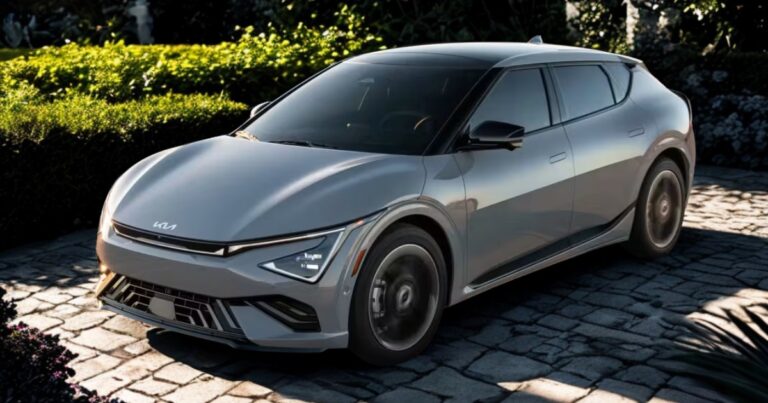From tech innovators to pizza moguls, the landscape of American business is being reshaped by powerful women who built empires…
Apple’s 2026 iPhone Launch: Foldable iPhone Causes Major Lineup Shakeup
Apple is reportedly making significant changes to its iPhone launch strategy next year to introduce its first-ever foldable iPhone. According…
Grand Theft Auto VI Release Pushed Back: Rockstar Aims for May 2026 Launch
A Longer Road to Vice City Rockstar Games has officially confirmed that the grand theft auto vi release delayed timeline…
Amazon’s Project Kuiper Takes Off: A New Rival to Starlink
Amazon has officially entered the satellite internet race, launching the first batch of its Project Kuiper satellites to compete directly…
Kia EV6 2026 Unveiled: Stylish Upgrades, Bigger Batteries, and a Modest Price Jump
A Fresh Take on Kia’s Flagship EV The 2025 Kia EV6 has arrived with a sleek new look, improved battery…
From Pageants to Public Eye: Honey Boo Boo’s Life Eight Years After TLC Fame
Alana “Honey Boo Boo” Thompson became a household name thanks to her vibrant personality and sassy catchphrases on TLC’s Toddlers…
Netflix’s Revenue Soars Past $10.5 Billion as Price Hikes Boost Profits
In a move that continues to reshape the streaming landscape, Netflix has reported a significant boost in its revenue, reaching…
Aaron Taylor-Johnson Faces Mutated Terrors in New 28 Years Later Trailer From Danny Boyle
Sony Pictures has unleashed a gripping trailer for the upcoming horror sequel 28 Years Later, sending chills down the spines…
Tina Fey Rediscovers Her Spark with Netflix Comeback Series ‘The Four Seasons’
With her signature wit, unmatched creativity, and an unapologetic embrace of middle age, Tina Fey is making waves again —…
De La Rue Accepts $347 Million Cash Deal From U.S. Buyout Giant Atlas Holdings
In a major development within the global printing and security industry, British banknote printer De La Rue has agreed to…































